Rome – The Coliseum and the Flying Donkey
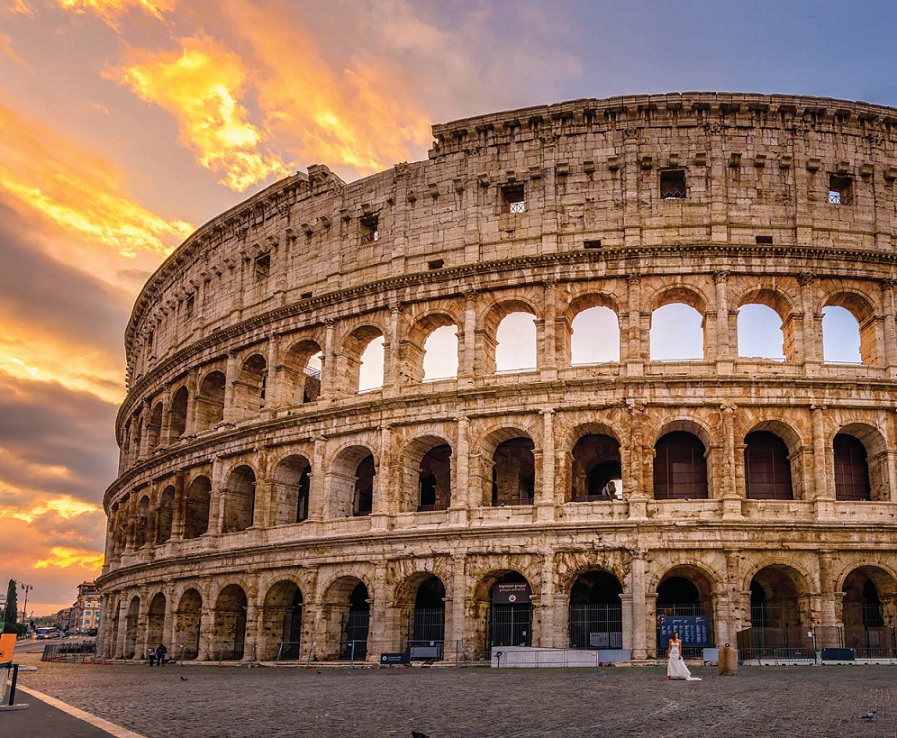
With Franziska and Suzana coming from Maputo, I went for a walk in Rome to show them its many layers, as it is very rare to find an old building, or a group of old buildings, that remain identical to what it was originally.
Maria Spina, an architect who taught at the Faculty of Architecture and Planning of Mozambique, spoke of “palimpsest”: the city and its territory are like parchment, transformed by the action of nature and man, and endowed with different meanings over the centuries in relation to societies that modify them without, however, erasing the signs of time, both natural and anthropic.
The layers that today seem to be superimposed on the urban fabric and its territories represent a heritage for our society that should not be erased, but rather known and valued. The “re-use” of buildings, with their adaptations to other functional and aesthetic needs, is responsible for the survival and stratification of the urban landscape over the centuries.
Marcello’s Theatre is a typical case of “stratification”. Built in 23 BC, it was used for a long time for shows. In medieval times, it became a fortified residence and still works as a dwelling today.
The city and its territory are like parchment, transformed by the action of nature and man.
The Casa de Sallustio (1st century BC) is today the seat of the Chamber of Commerce. The offices were built on top of the old structure. In turn, the Temple of Hadrian (1st century AD) is now a space for conferences. Over time, the Aurelian walls were also used with different criteria. In 1740-48, the architect Filippo Raguzzini (1690-1771) created a house for a noble family at the point where the walls intersect a Roman aqueduct.
But there are also common buildings that use bastions as foundation elements. Sacred places are also involved in a process of layers where “the various eras are all present and superimposed on one another.” The Temple of Emperor Antoninus and Faustina, built in 141 AD and dedicated to pagan cults, appeared in a place dedicated to the cult of the dead dating back to the 10th century AD. In the 7th century AD, the temple was transformed into a church, known as San Lorenzo in Miranda, which in 1602 had a new reconstruction.
The Basilica of San Clemente (12th century) is a complex of great importance located on ancient underground buildings three levels deep, the oldest of which dates back to the 1st century AD. The three levels are, from the top: the present medieval basilica; the old basilica, in a building that was formerly the residence of a Roman patrician; and a group of Roman buildings from the post-Nero era.
The Basilica of Santa Maria degli Angeli, begun in 1562 by Michelangelo Buonarroti, in the space of the frigidarium of the Diocletian Spa (3rd century AD), passed through the hands of many architects. The grandiose ridge vaults as well as the thermal windows are the only vestiges of the old imperial building.
Built in 23 BC and used for a long time for shows, Marcello’s Theatre is a typical case of “stratification.”
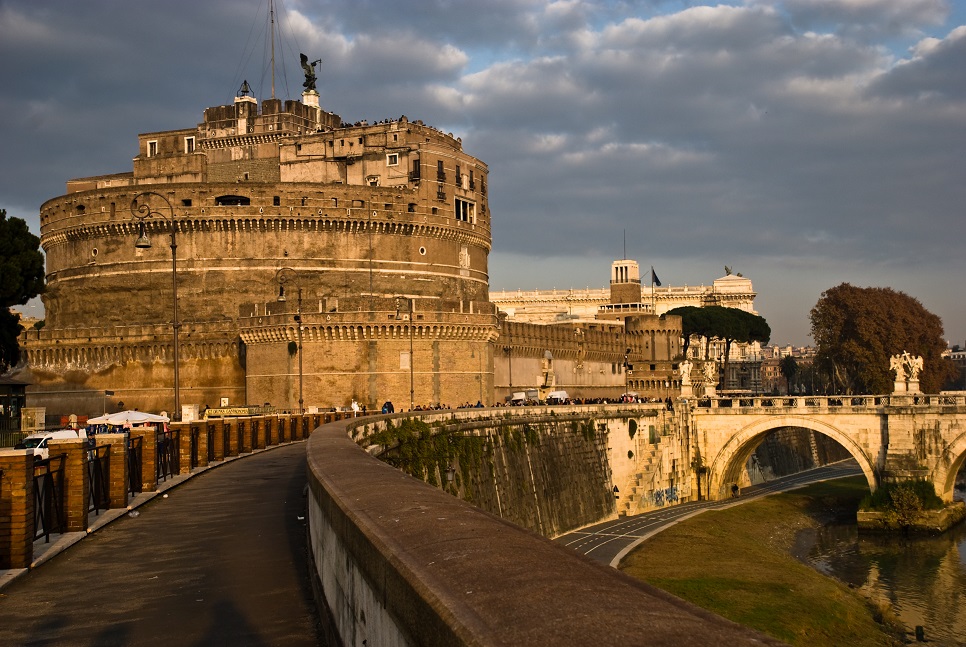
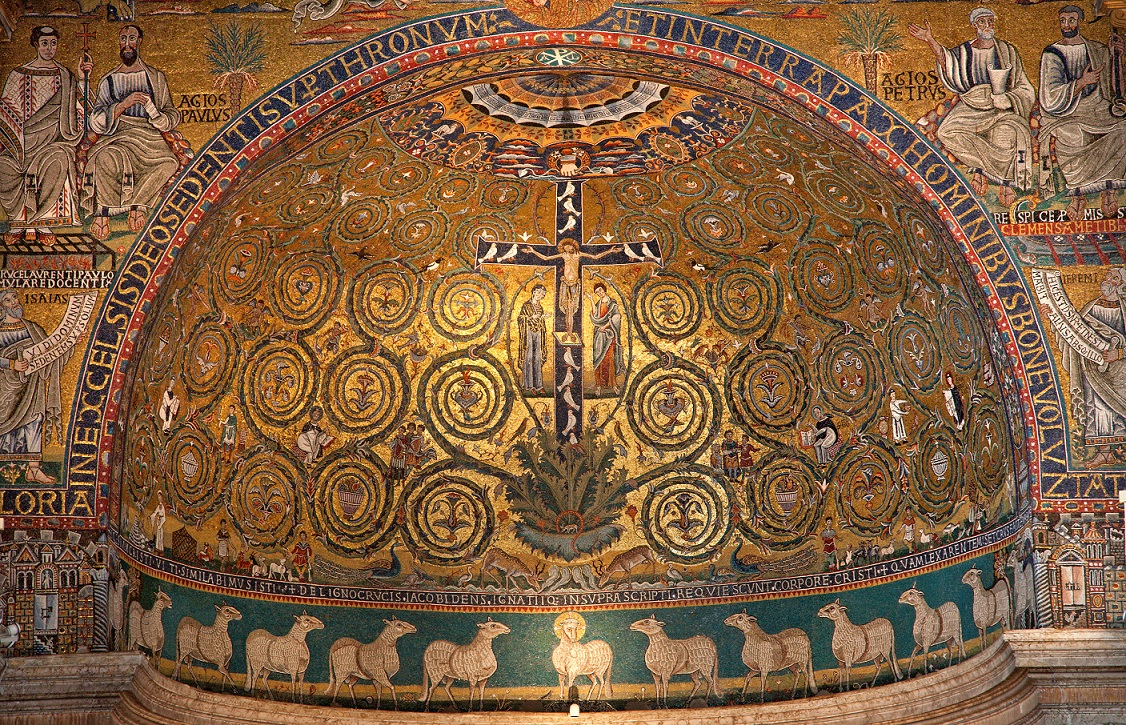
The spaces of pre-existing buildings were not always “re-used”. Over time, it also happened that the Popes demolished important works to obtain building materials. Thus, the Coliseum became an important quarry of travertine marble, with which, in the 16th century, the residences of nobles and public works were built. The thermal buildings also suffered the same fate because of the rich marbles that decorated them.
Recently, the restoration of the Mausoleum of Augustus (28 BC) was completed. The same is an interesting case of overlapping intended uses: it was an orchard garden, it became a bullfighting arena, and until 1930 it was a theatre.
In Rome, the “re-use” of historic buildings in terms of social housing reveals complex issues. The only attempt, in the 1970s, involved only a small row of houses (publicly owned) that incorporated vestiges of medieval, Renaissance and “other” times. The small houses are attached to the Torre di Nona medieval tower. The rehabilitation of the facades involved the destruction of the murals. Only the “Flying Donkey” remained, a symbol of the forced abandonment of the historic centre by the resident population.
Thanks to this “eternal” part of the city, we can learn about the stories that have intertwined over the millennia in Rome. But teacher Maria concludes by saying: “It didn’t give us any information on how to protect it, improve it or manage it. As it happens with many historic centres in the world, including those in Mozambique.”
▶ How to Get There
From Maputo, it is possible to fly via Johannesburg, Lisbon or Addis Ababa.
▶ Where To Sleep
Índico recommends the three-star Antico Acquedotto hotel, welcoming and affordable. It is close to the Pigneto neighbourhood, one of the Roman most popular areas; a hundred metres from the ancient Roman Claudio Aqueduct, and 2.5 km from the Coliseum. http://www.hotelanticoacquedotto.it/
▶ What To Do
Learn how to make ice cream at Gelateria Fassi. Known as the Cold Palace, it was established in 1880 and is one of the oldest ice cream shops in Italy. You can participate in workshops and learn how to make ice cream with the masters – in addition to tasting them, of course. https://www.gelateriafassi.com/
▶ Where To Eat
… and drink. Established in 1876, Trimani was Rome’s first wine shop. In 1991, it opened the Trimani Il Wine Bar where you can enjoy tastings and eating local cuisine. In Italy, it was the first to be called a wine bar, contributing to the creation of what is now a very popular category worldwide. https://www.trimani.com/
▶ WHAT TO WATCH OUT FOR
In Italy, it is mandatory to have the Green Pass, the green certificate of vaccination against COVID, to enter museums, restaurants and all indoor places. Only with vaccines recognized by the European Medicines Agency (EMA). If not, it is mandatory to take the test, whose negative result is valid for 48 hours.
Issue 69 Sept/Oct | Download.
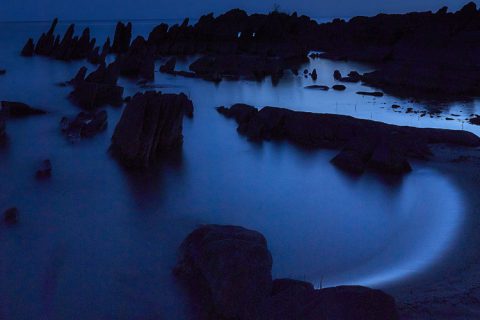
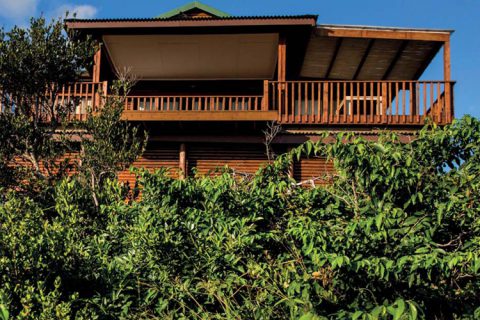

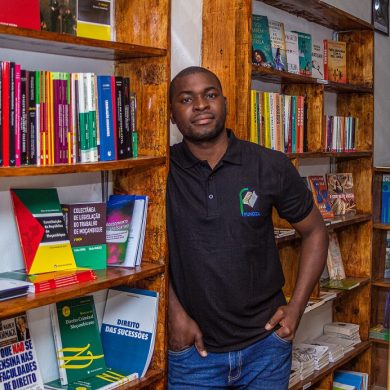
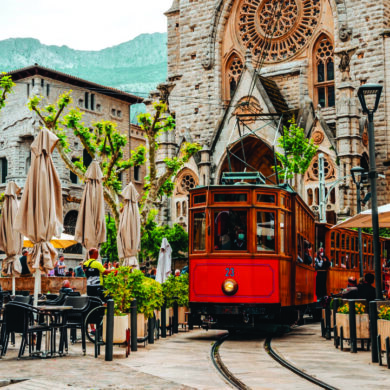


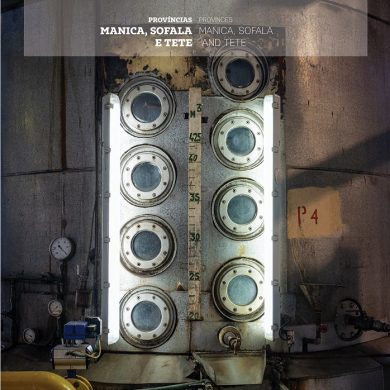
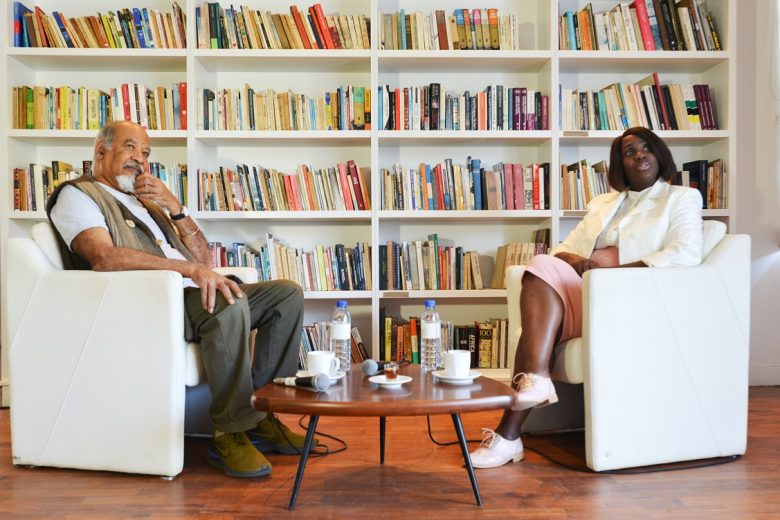
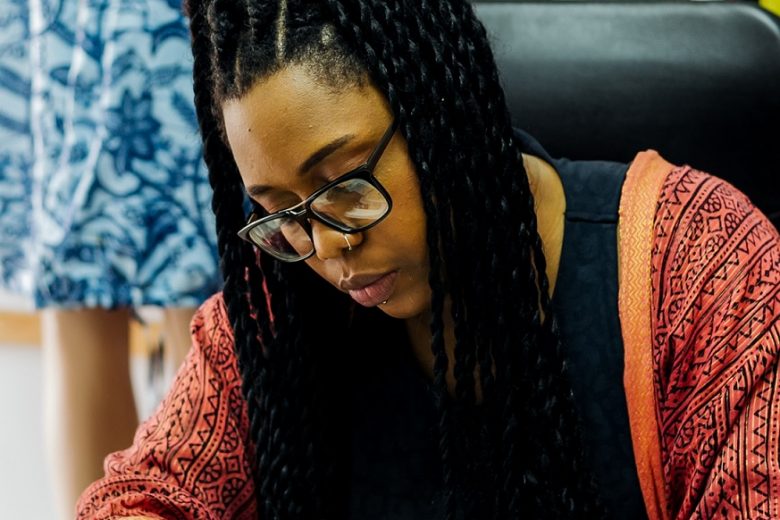








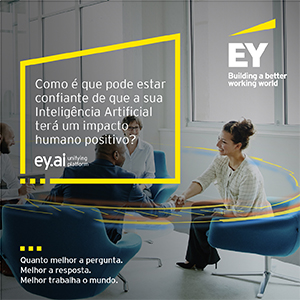

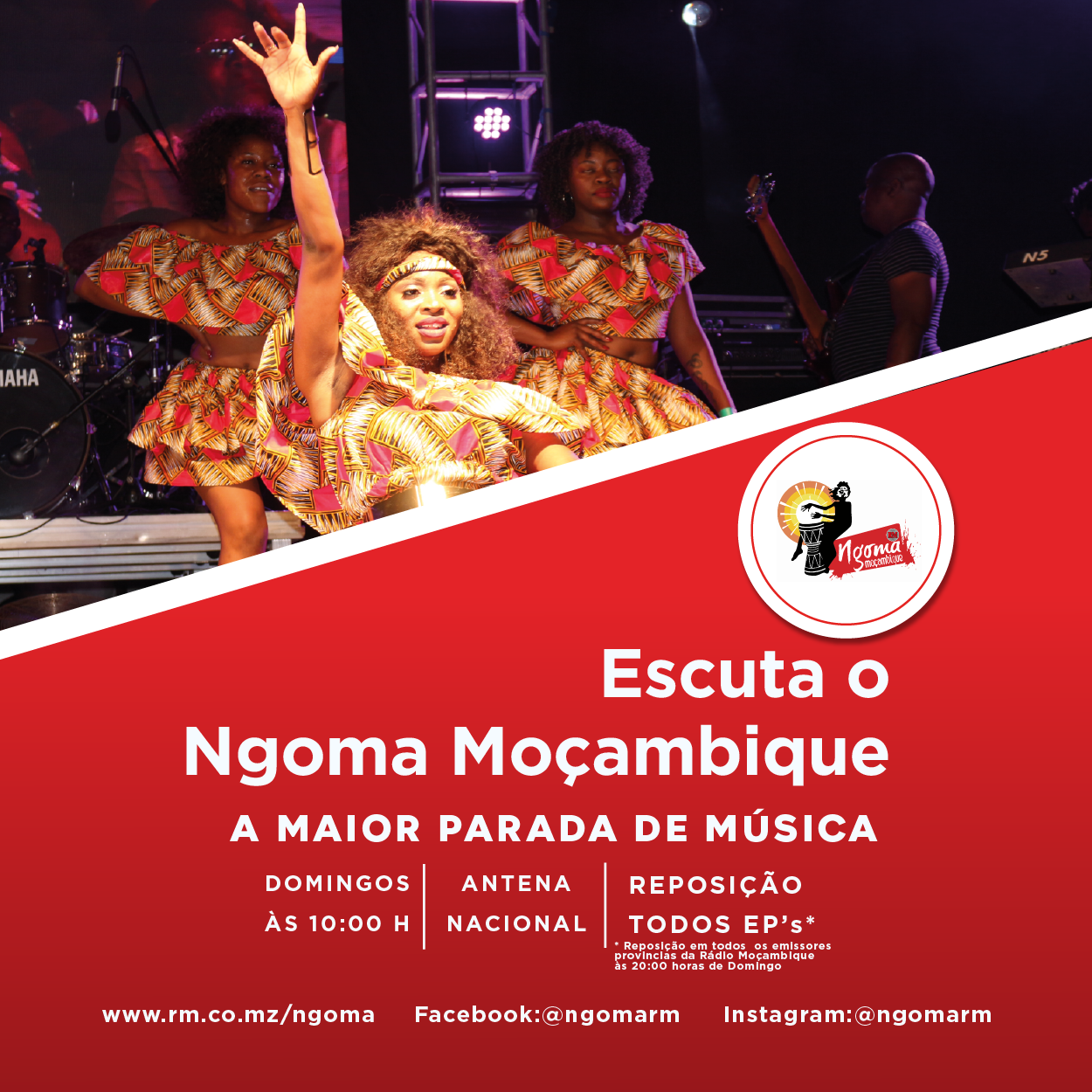
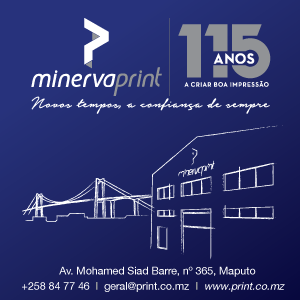





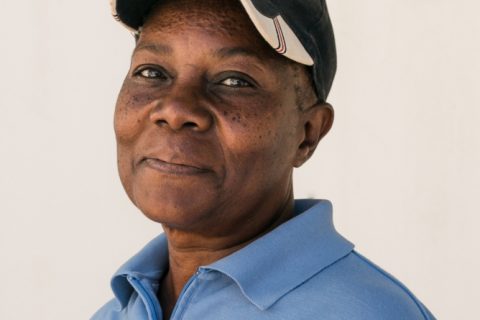
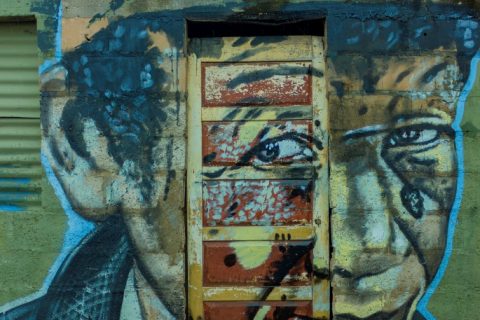



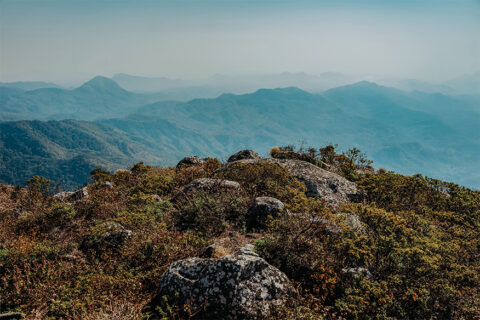


0 Comments